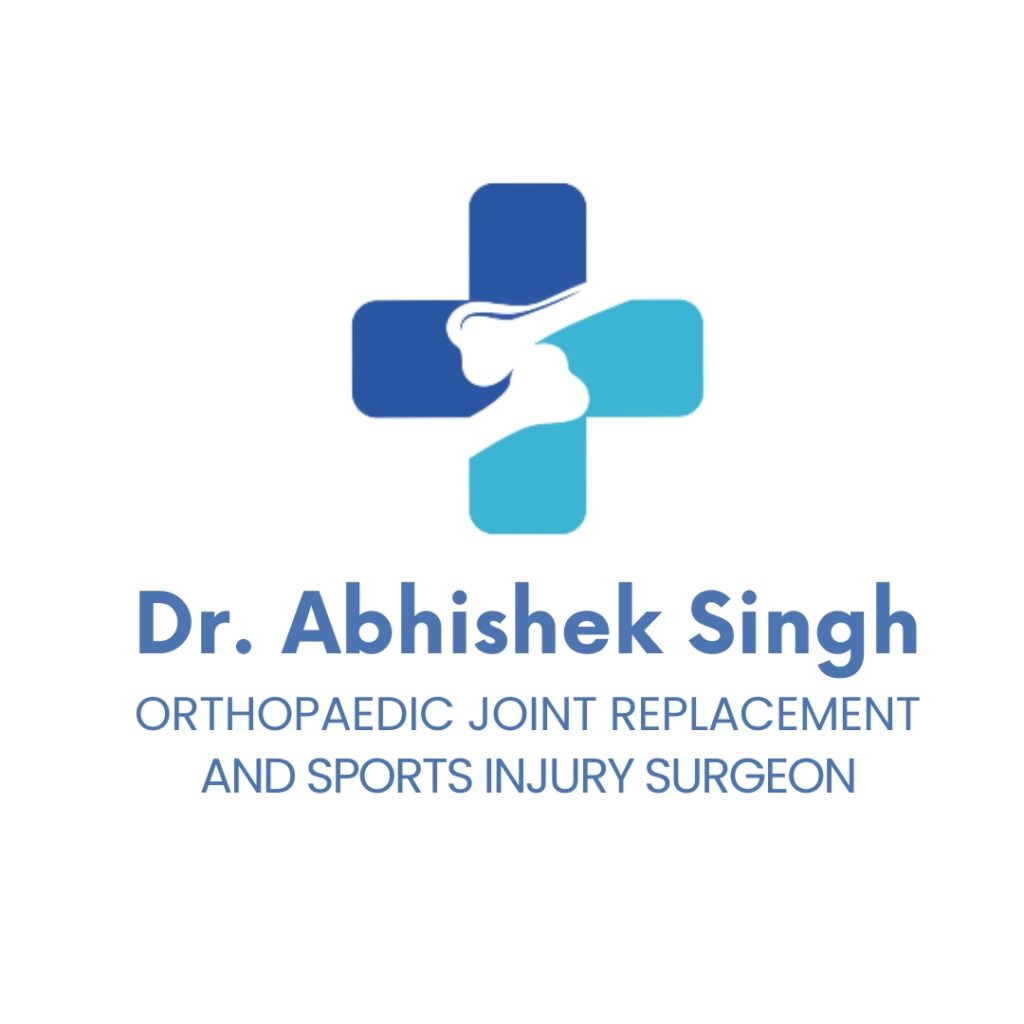DEFORMITY CORRECTION
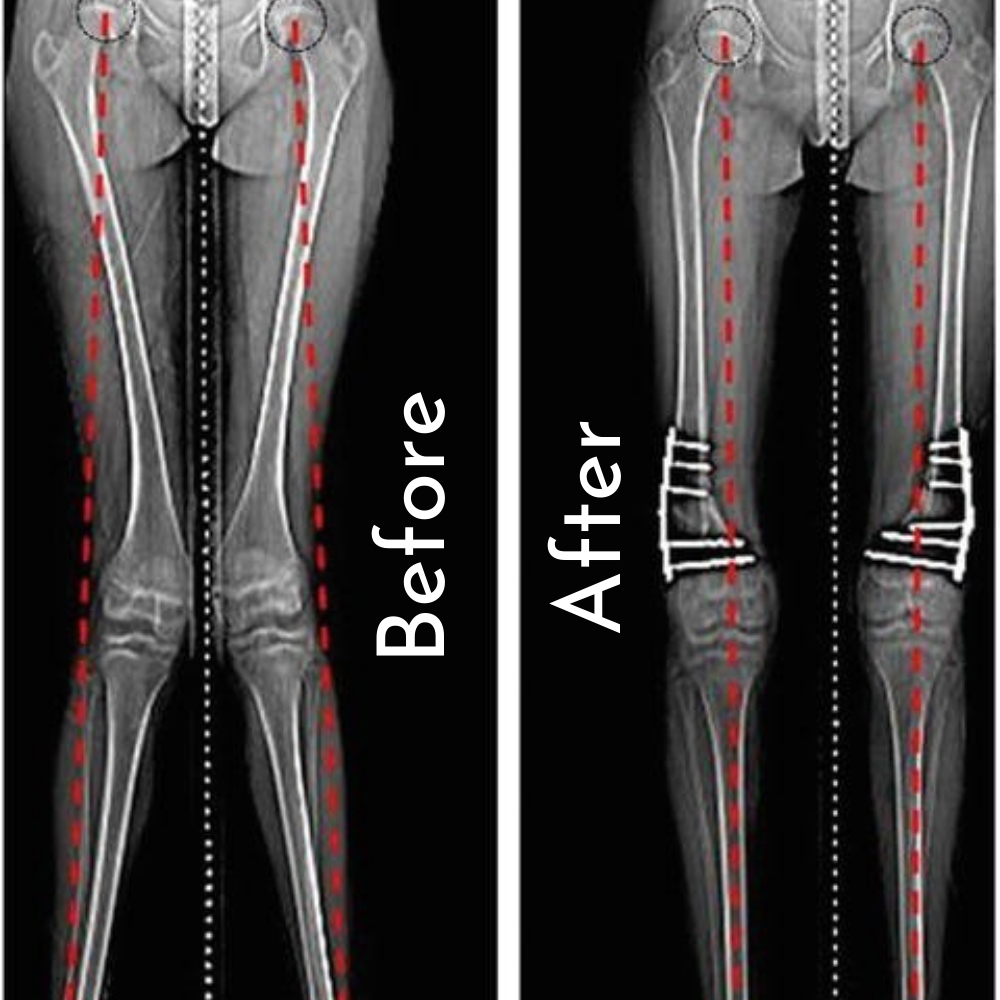
DEFORMITY CORRECTION
Deformity correction surgery addresses conditions like knock knees, congenital talipes equinovarus (CTEV), cubitus varus, congenital hip dislocation, and torticollis. These procedures realign affected joints and bones to improve function, mobility, and appearance. Surgical techniques vary, from osteotomies for knee and elbow alignment to tendon releases for foot deformities and hip stabilization. By restoring proper biomechanics, these surgeries help reduce pain and prevent long-term complications, significantly improving the patient’s quality of life.
Here’s how it works:
Knock Knee (Genu Valgum)
Procedure: Surgical intervention typically involves osteotomy, where a section of bone is removed or repositioned to correct the alignment of the knee.
Explanation: The goal is to straighten the knee joint and improve its functional alignment, correcting the inward angulation of the knees to prevent excessive wear and reduce pain during movement.
CTEV (Congenital Talipes Equinovarus)
Procedure: Often corrected using the Ponseti method (serial casting), followed by a tenotomy, and sometimes surgical correction for severe cases.
Explanation: This condition involves a clubfoot deformity where the foot is turned inward and downward. Gradual manipulation and casting correct the position of the foot to improve mobility and prevent long-term disability.
Cubitus Varus
Procedure: Osteotomy is performed to realign the elbow joint, often after improper healing of a fractured humerus.
Explanation: Cubitus varus refers to an inward angulation of the elbow joint. The surgery aims to restore normal alignment, improving both the cosmetic appearance and functional movement of the arm.
Congenital Dislocation of the Hip (CDH)
Procedure: Closed reduction or open reduction with or without the use of a spica cast or hip brace may be required. Surgery like pelvic osteotomy may be performed in severe cases.
Explanation: In CDH, the hip joint is dislocated at birth. The goal of treatment is to reposition the femoral head into the hip socket and ensure proper development of the joint to prevent future mobility issues.
Torticollis (Congenital Muscular Torticollis)
Procedure: Treatment typically starts with physical therapy; if ineffective, surgical intervention may involve lengthening or releasing the sternocleidomastoid muscle.
Explanation: Torticollis causes the head to tilt to one side due to tightness in the neck muscles. Surgery, when necessary, helps restore normal head position and prevent permanent neck deformity.
Common Conditions Leading to Deformity Correction
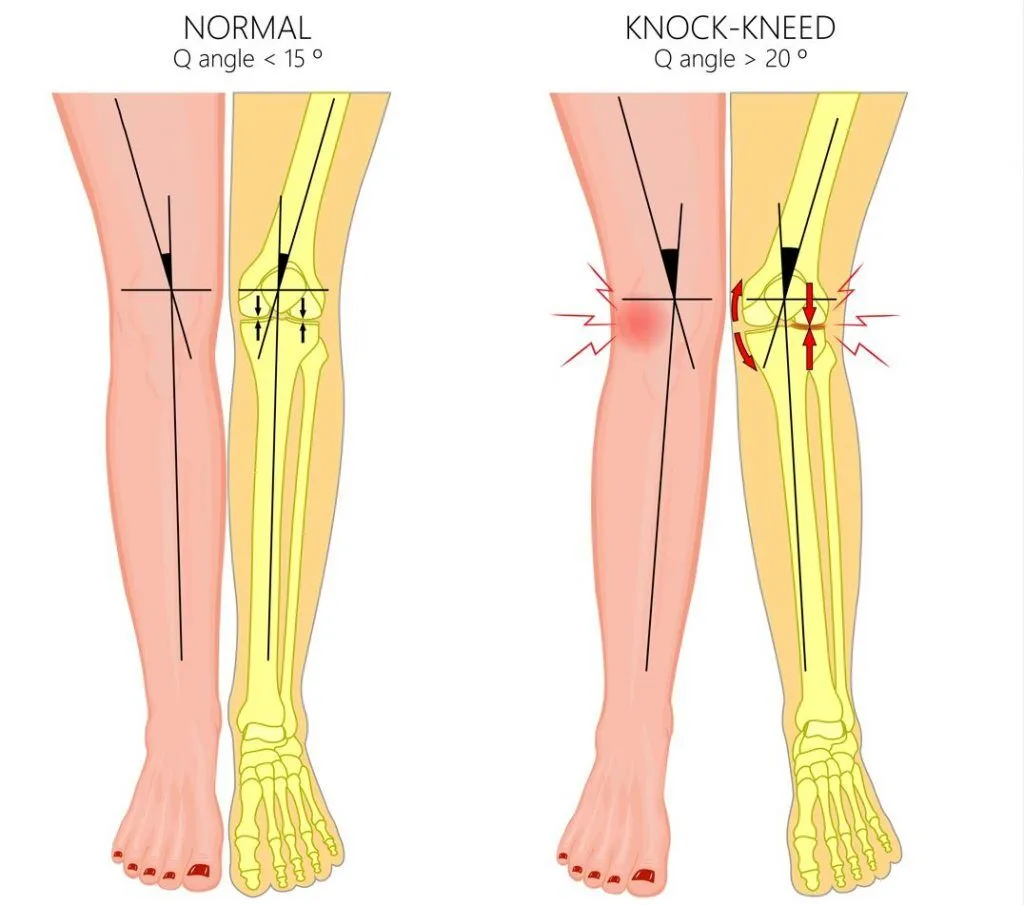
Knock Knee (Genu Valgum)
Causes:
Growth abnormalities during childhood or adolescence, often due to developmental issues or bone diseases like rickets.
Trauma or injury affecting the growth plates of the knee, causing misalignment.
Genetic conditions such as multiple hereditary exostoses (MHE), leading to abnormal bone growth.
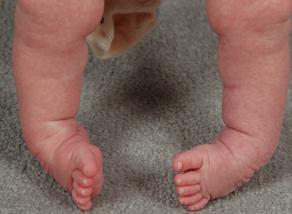
CTEV (Congenital Talipes Equinovarus / Clubfoot)
Causes:
Genetic factors where abnormalities in foot development occur during fetal growth.
Positional factors in the womb that restrict proper foot positioning.
Neurological or muscular disorders, such as spina bifida, that impact normal foot development.
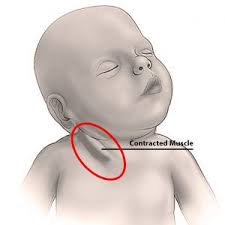
Torticollis (Congenital Muscular Torticollis)
Causes:
Birth trauma, such as pressure on the neck during delivery, leading to muscle injury or tightness in the sternocleidomastoid muscle.
Positional factors in the womb can lead to abnormal muscle positioning.
Genetic predisposition or muscular issues in some infants can contribute to the condition.
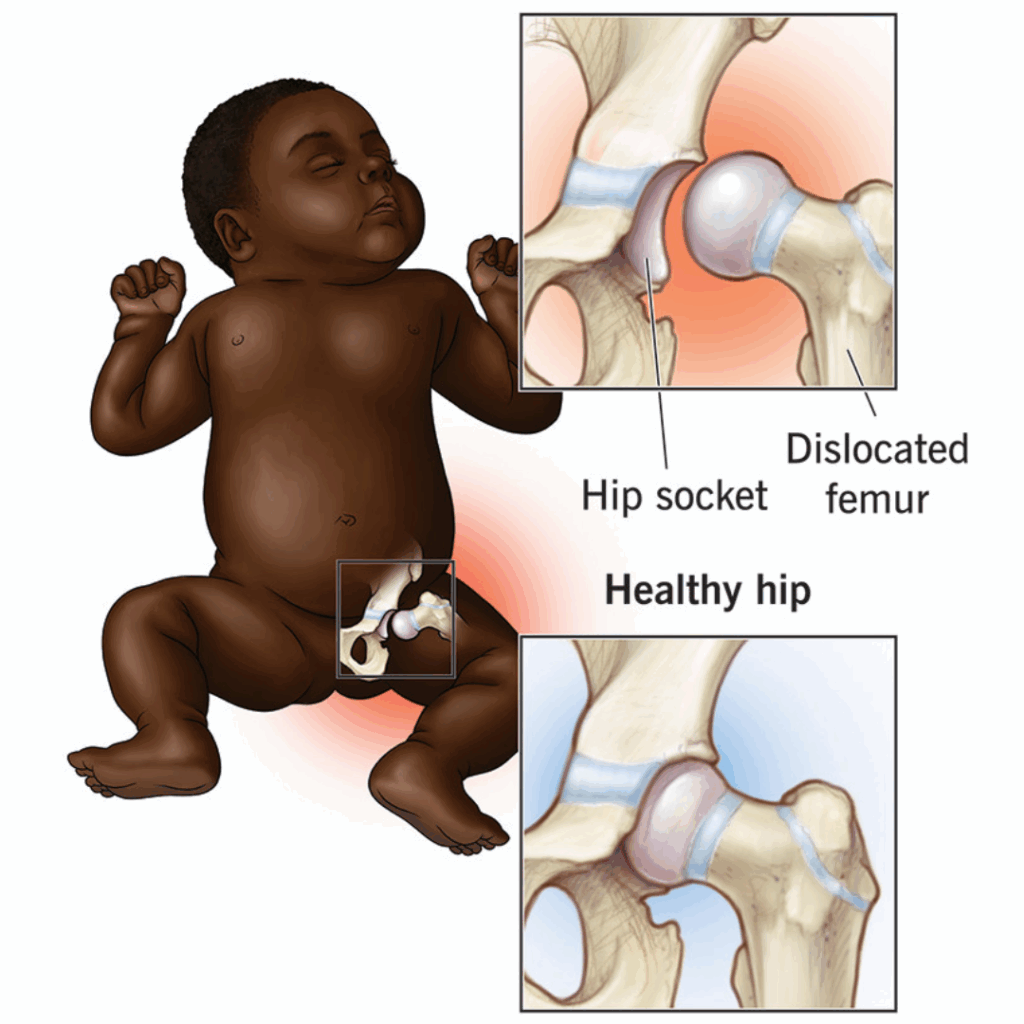
Congenital Dislocation of the Hip (CDH)
Causes:
Genetic factors or family history of hip dysplasia lead to abnormal development of hip joint.
Intrauterine positioning that causes the hip joint to dislocate or fail to develop properly.
Hormonal factors, such as increased relaxin during pregnancy.
